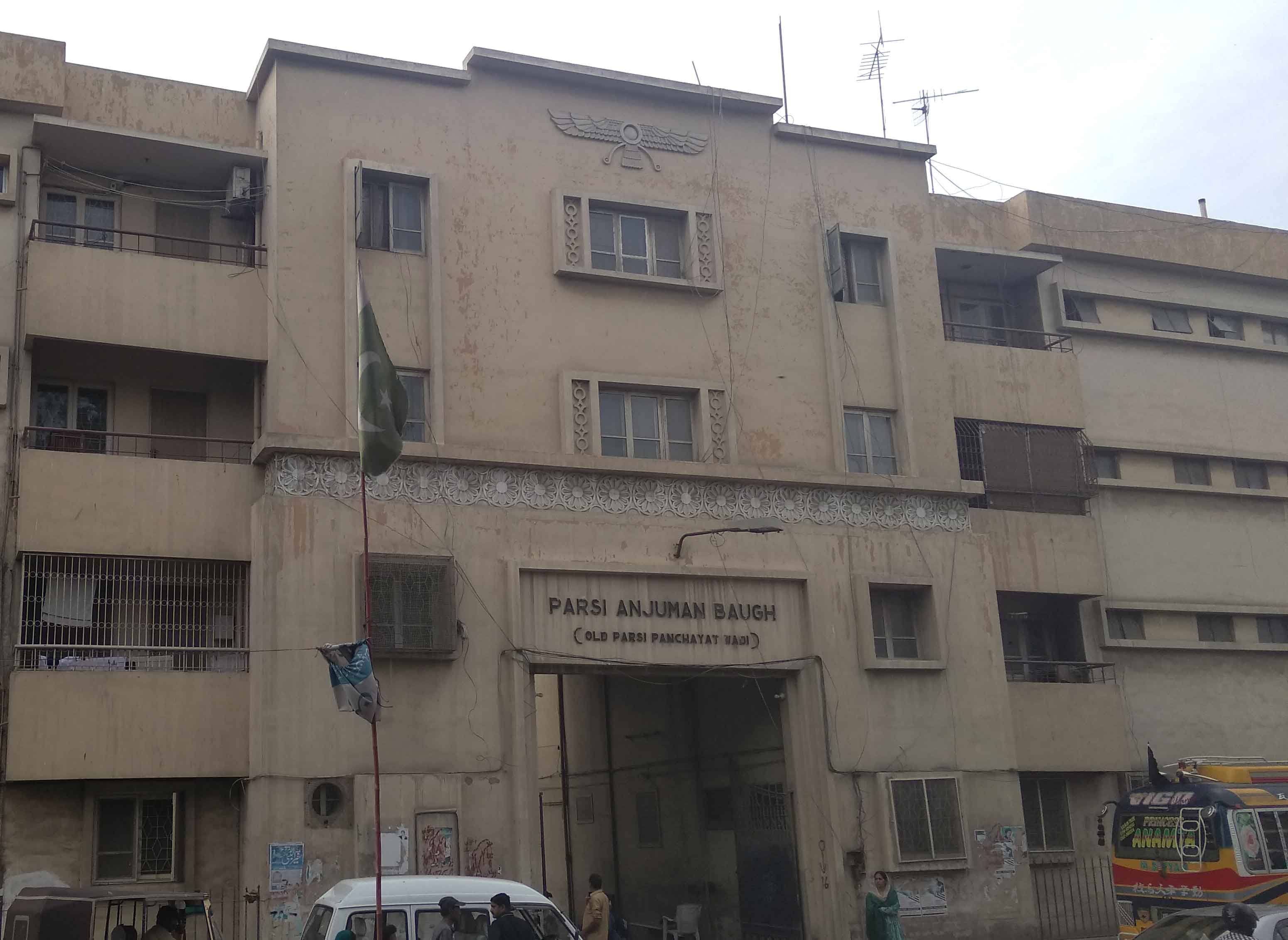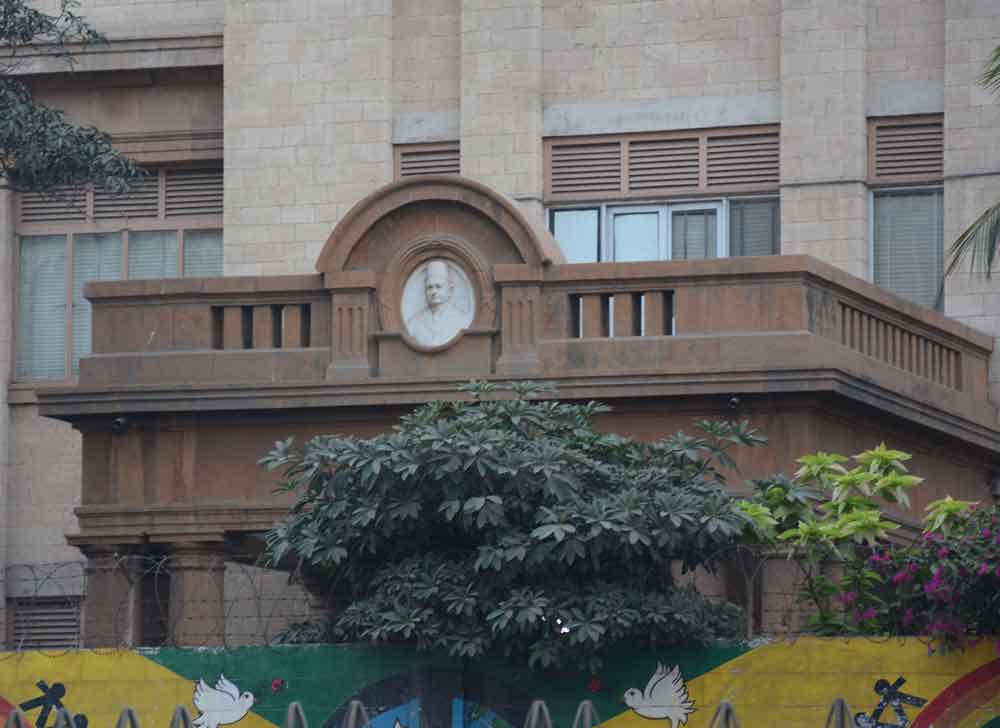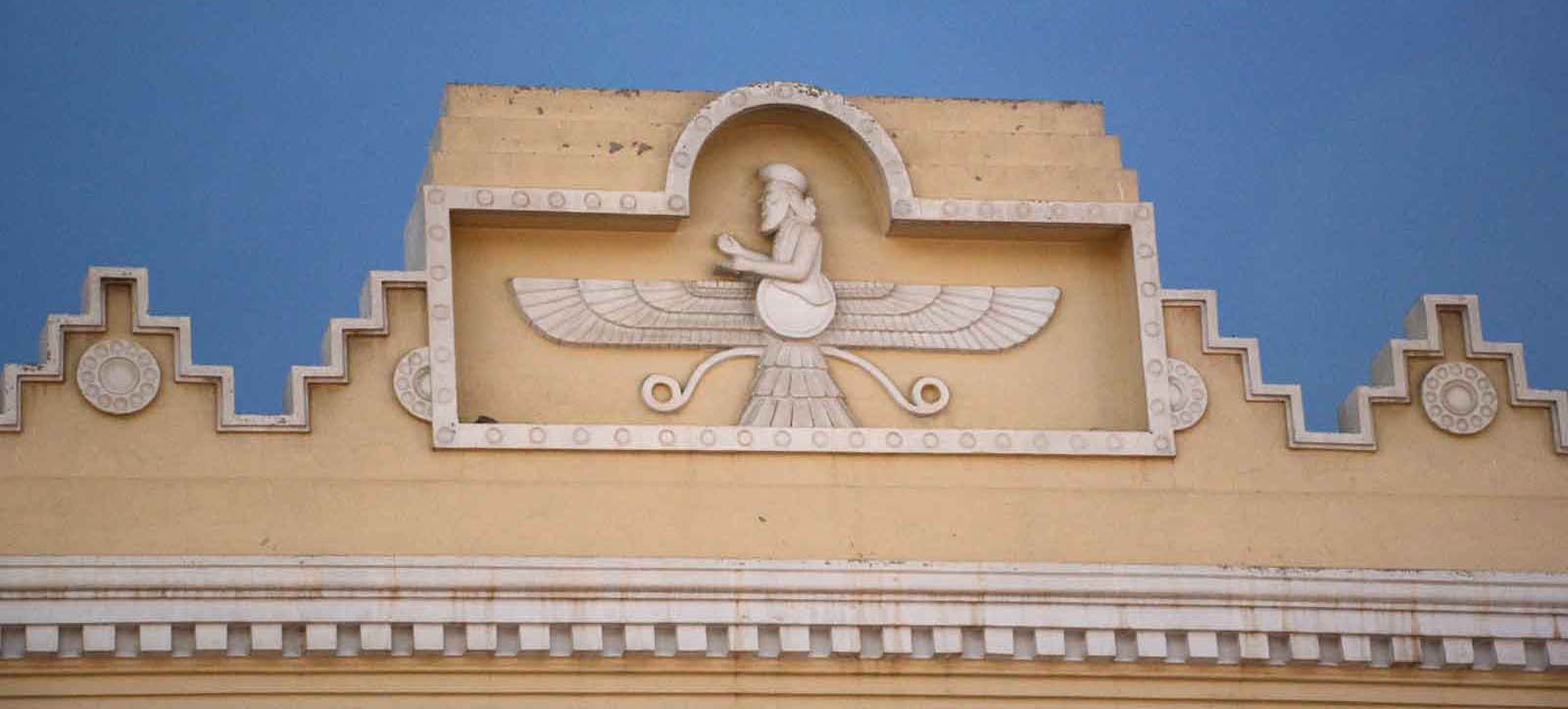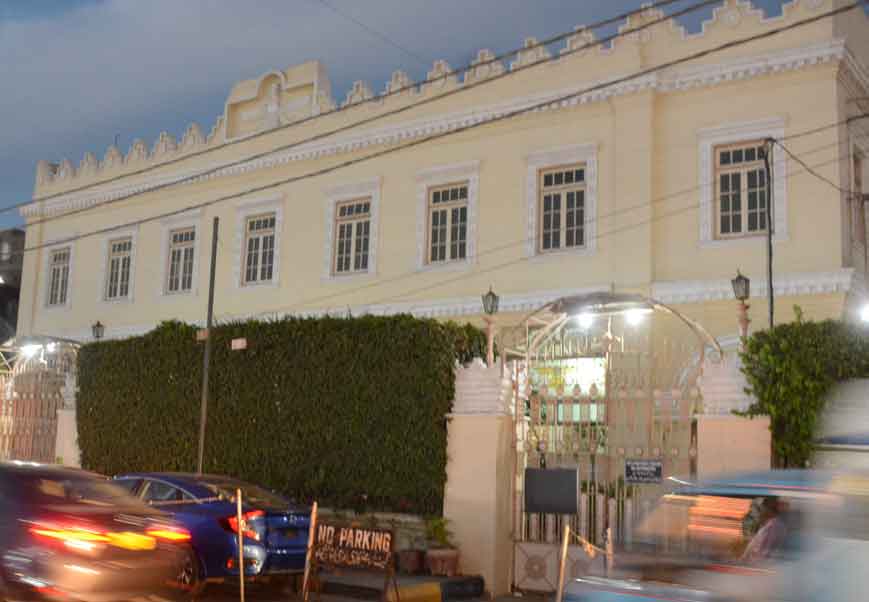‘TWO DECADES FROM NOW, PAKISTAN WILL HAVE NO PARSIS’
Just before sunset, five elderly men leave their homes in the Cyrus Minwalla Colony, the oldest settlement of Karachi’s Parsis, and sit themselves down on cement benches placed alongside a pavement.
The group’s silence reflects the state of their colony, located in the East, between the Defence Housing Authority Phase 1 and Mehmoodabad. Built by Cyrus F Minwalla, then vice-president of the Karachi Cantonment Board, the colony used to be a bustling neighbourhood, but now it resembles an abandoned town.
It doesn’t look or sound like other localities of multi-generational communities where everyone knows everyone, and where they all share their joys, sorrows and burdens with one another.
The pervasive silence in the Cyrus Minwalla Colony is due to a majority of its residents migrating abroad. Those who have chosen to stay behind are mostly in their 60’s or 70’s.
A steady decline
In his 2005 book, titled ‘The Zoroastrian Diaspora: Religion and Migration’, John R Hinnells notes that in the decades leading up to Partition, there had been a steady increase in Sindh’s Parsi population, giving Karachi the fourth largest Parsi population in western India after Bombay, Surat and Navsari.
“After Partition the numbers initially increased further — in 1951 there were 5,018; but they began to decline in 1961 (4,685) until 1995, when there were 2,824 Parsis in Pakistan, 2,647 in Karachi.”
The Karachi Zarthosti Banu Mandal (KZBM), a community welfare organisation, states in its 2015 report that they had conducted the first complete survey of Pakistan’s Zoroastrians in 1995.
Supervised by Toxy Cowasjee, sister-in-law of columnist Ardeshir Cowasjee, they found that 2,831 Parsis lived across the country: 2,647 in Karachi, 94 in Lahore, 45 in Quetta, 30 in Islamabad and Rawalpindi, eight in Multan, and seven in Peshawar and other cities.
In its 2012 paper titled ‘The Zarathushti World — a Demographic Picture’, the Federation of Zoroastrian Associations of North America (Fezana) notes that Pakistan’s Zoroastrian population was 2,121 in 2004 and it declined by 21 per cent to 1,675 in 2012. Fezana also states that the percentage of non-Zoroastrian spouses increased from 2.4 per cent in 2004 to 2.6 per cent in 2012.
The 2015 edition of the A & T Directory, which carries details of all Pakistani Parsis, notes that the community’s population had reduced to 1,416 in the country: 1,359 in Karachi, 32 in Lahore, 16 in Rawalpindi, seven in Quetta and two in Multan.
Regarding the latest count of Pakistan’s Parsis, academic Dr Framji Minwalla told The News that the community has been reduced to 1,092, living in only Karachi, Lahore and Rawalpindi.
The reasons
“Just like the youth in every other community, people have left for higher education and better job opportunities and an overall higher standard of living,” Dilaira Dubash, a Parsi community member and former journalist who has also settled abroad, wrote in an email exchange with The News.
“Most progressive communities reach a stage when population control becomes their worst enemy. For Zoroastrians, it may ultimately lead to extinction. India launched the Jiyo Parsi campaign to curb the population decline and whether that’s a good move or a bad one, the point is they have taken note and they are doing something about it. In Pakistan, we wake up once a year to highlight the issue and then sleep over it.”
She said Zoroastrians can’t be confined to any state. “We have been wandering ever since we were forced to flee Persia. For Pakistan, saving its Zoroastrian population is a lost cause now. If an awareness program would have been initiated two decades ago, maybe there would have been some hope.”
Dr Minwalla said that in the next two decades there will be no Parsi anywhere in Pakistan, as almost the entire younger generation of the community has gone abroad with no plans to return.
“One can hardly find a young Parsi, particularly between the ages of 18 and 27, in Karachi. Moreover, the Karachi Parsi Anjuman Trust Fund helps couples under the age of 40 to emigrate from the country.”
He pointed out that the purist marriage law of Parsis is also one of the reasons behind the community’s declining population. He said that if a Parsi woman marries a non-Zoroastrian, she’ll be forced to leave the community and face other restrictions.
“For example, she won’t be permitted to participate in worship or social ceremonies. But if a Parsi man marries out of the community, his children will be accepted as Parsis but his wife won’t be allowed to participate in any religious or social activity.”
Writer Akhtar Balouch said that no one can become a Parsi, because it’s an ethnic identity. “A person can accept Zoroastrianism, but they will never be a bona fide Parsi.”
In the media
Despite being one of the smallest ethnic and religious communities in the country, Parsis organise many social gatherings and religious festivals, of which the most significant is Nowruz, the start of the Persian New Year.
Most of these events don’t get covered by the mainstream media. But for the past many years the KZBM has been publishing a monthly newsletter, titled ‘What’s On’, which covers these occasions as well as publishes profiles of notable Parsis from across the globe to highlight their achievements.
“Most of our events are community focused and small-scale and slip under the media radar which is running after bigger stories to cover,” said Dilaira. “Apart from that, the only time the media thinks about Zoroastrians is when it’s Navroze and you have to do a mandatory story to fill the pages.”
Contributions
Balouch said that the first elected mayor of Karachi, namely Jamshed Nusserwanjee Mehta, was a Parsi and is known as the founder of modern Karachi. “The community has established a number of hospitals, educational institutes, hotels and architectural relics that still add exclusiveness to Karachi’s historical landscape.”
They include the Mama Parsi schools, the NED (Nadirshaw Edulji Dinshaw) Engineering College, the DJ (Dayaram Jethmal) Science College, the BVS (Bai Virbaiji Soparivala) Parsi High School, the Dow Medical College, the Karachi Parsi Institute, the Goolbanoo & Dr Burjor Anklesaria Nursing Home, and the Metropole, Beach Luxury and Avari hotels.
Had the members of Pakistan’s Parsi community started leaving the country earlier, Karachi would have been deprived of its premier medical college, its most important engineering university, some of its remarkable schools and many of its major hotels and other landmarks.
One can’t help but wonder if we as a nation have failed our fellow Pakistanis, if we have played a role in their gradual departure, if we have been ungrateful for their myriad contributions to this country. Whatever the case may be, the Parsi community’s continued exit is a great loss for all of us.









